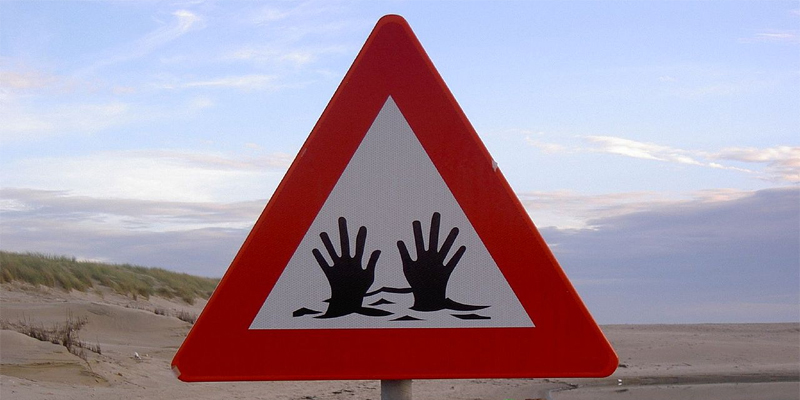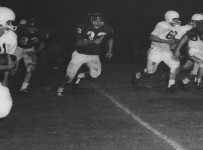A couple of weeks ago I linked to a great article by Jonah Berger about why trivial decisions can take so much time. Berger called this idea, “decision quicksand.”
I like the term decision quicksand. It is a much cooler phrase than saying that someone just cannot make up his or her mind. This got me thinking about quicksand in general.
Quicksand brings to mind an image of an action hero like Indiana Jones. In the movies, it is always portrayed as a mysterious substance that can eat someone alive.
Is that really a thing in real life? Are there really mixtures of sand and water that can suck people in, never to be heard from again? Or is it just another Hollywood myth?
All those answers and more can be found in today’s Wonder Why Wednesday…
How Does Quicksand Work?
According to How Stuff Works, quicksand is very much real and it can occur pretty much anywhere. But it is not a lethal as movies lead us to believe.
Quicksand is basically just ordinary sand that has been so saturated with water that the friction between sand particles is reduced. The resulting sand is a mushy mixture of sand and water that can no longer support any weight.”
Although it can no longer support any weight, that doesn’t mean anyone who steps in it is doomed. (Get ready for some math)
How Stuff Works explains that, “the human body has a density of 62.4 pounds per cubic foot (1 g/cm3) and is able to float on water. Quicksand is denser than water — it has a density of about 125 pounds per cubic foot (2 g/cm3) — which means you can float more easily on quicksand than on water. The key is to not panic. Most people who drown in quicksand, or any liquid for that matter, are usually those who panic and begin flailing their arms and legs.”
The more you struggle, the more you will sink. The more you relax, the more you will float. Tell that to the folks in Jumanji…




